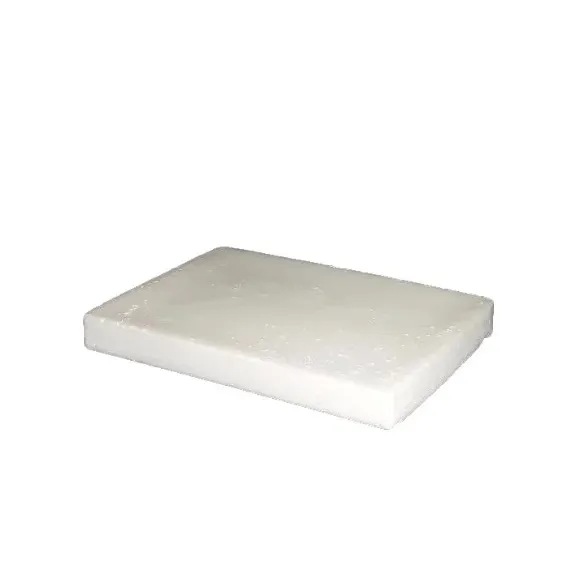Warning: Undefined array key "title" in /home/www/wwwroot/HTML/www.exportstart.com/wp-content/themes/1198/header.php on line 6
Warning: Undefined array key "file" in /home/www/wwwroot/HTML/www.exportstart.com/wp-content/themes/1198/header.php on line 7
Warning: Undefined array key "title" in /home/www/wwwroot/HTML/www.exportstart.com/wp-content/themes/1198/header.php on line 7
Warning: Undefined array key "title" in /home/www/wwwroot/HTML/www.exportstart.com/wp-content/themes/1198/header.php on line 7
- Afrikaans
- Albanian
- Amharic
- Arabic
- Armenian
- Azerbaijani
- Basque
- Belarusian
- Bengali
- Bosnian
- Bulgarian
- Catalan
- Cebuano
- China
- China (Taiwan)
- Corsican
- Croatian
- Czech
- Danish
- Dutch
- English
- Esperanto
- Estonian
- Finnish
- French
- Frisian
- Galician
- Georgian
- German
- Greek
- Gujarati
- Haitian Creole
- hausa
- hawaiian
- Hebrew
- Hindi
- Miao
- Hungarian
- Icelandic
- igbo
- Indonesian
- irish
- Italian
- Japanese
- Javanese
- Kannada
- kazakh
- Khmer
- Rwandese
- Korean
- Kurdish
- Kyrgyz
- Lao
- Latin
- Latvian
- Lithuanian
- Luxembourgish
- Macedonian
- Malgashi
- Malay
- Malayalam
- Maltese
- Maori
- Marathi
- Mongolian
- Myanmar
- Nepali
- Norwegian
- Norwegian
- Occitan
- Pashto
- Persian
- Polish
- Portuguese
- Punjabi
- Romanian
- Russian
- Samoan
- Scottish Gaelic
- Serbian
- Sesotho
- Shona
- Sindhi
- Sinhala
- Slovak
- Slovenian
- Somali
- Spanish
- Sundanese
- Swahili
- Swedish
- Tagalog
- Tajik
- Tamil
- Tatar
- Telugu
- Thai
- Turkish
- Turkmen
- Ukrainian
- Urdu
- Uighur
- Uzbek
- Vietnamese
- Welsh
- Bantu
- Yiddish
- Yoruba
- Zulu
Oct . 14, 2024 00:15 Back to list
Effective Cleaning Solutions Utilizing Propylene Glycol for Various Applications
The Versatility of Propylene Glycol in Cleaning Applications
Propylene glycol, a synthetic organic compound derived from petroleum, has gained significant popularity in various industries due to its excellent solvent properties, low toxicity, and biodegradability. Its chemical structure allows it to dissolve both hydrophilic and hydrophobic compounds, making it a valuable ingredient in a range of cleaning applications, from household products to industrial cleaning solutions.
Understanding Propylene Glycol
Chemically, propylene glycol (PG) is classified as a diol, which means it contains two hydroxyl groups. This unique structure enables it to function effectively as a humectant, solvent, and emulsifier. Unlike its more toxic counterpart, ethylene glycol, propylene glycol is considered safe for use in food, pharmaceuticals, and cosmetics. Its non-toxicity makes it a popular choice for cleaning products that come into direct contact with people or pets.
Household Cleaning Products
In the realm of household cleaning, propylene glycol is often found in multi-surface cleaners, disinfectants, and stain removers. Its ability to dissolve grease and grime makes it effective for kitchens and bathrooms, where tough stains are common. When used in conjunction with other cleaning agents, PG enhances the overall efficacy of the product by improving spreading and wetting properties, ensuring that surfaces are cleaned thoroughly.
Moreover, propylene glycol is used in air fresheners and fabric refreshers. It helps to carry fragrances effectively and allows for even distribution of scents, ensuring that your living spaces smell clean and inviting. Additionally, its hygroscopic nature means it can help control moisture levels in your home, reducing the likelihood of mold and mildew growth.
propylene glycol cleaning

Industrial Cleaning Solutions
In industrial settings, the versatility of propylene glycol shines even brighter. Its low volatility makes it an ideal choice for cleaning agents used in high-temperature environments, such as manufacturing facilities. PG-based cleaners exhibit high solvency power, enabling them to tackle tough industrial-grade stains, oils, and greases efficiently.
Furthermore, propylene glycol is often used in cleaning processes for machinery and equipment, especially in the food and pharmaceutical industries. It meets safety guidelines established by regulatory agencies, allowing it to be employed in environments where cleanliness is paramount, and contamination risks must be minimized.
Environmental and Health Benefits
One of the standout features of propylene glycol is its eco-friendliness. It is biodegradable and does not persist in the environment, which makes it a favorable alternative to harsher chemicals that can have detrimental effects on ecosystems. Additionally, because it is recognized as non-toxic, products containing propylene glycol pose minimal health risks to users, making it an attractive option for those who are environmentally conscious.
Conclusion
The wide range of applications for propylene glycol in both household and industrial cleaning products speaks to its efficacy and safety. As more consumers and businesses seek out environmentally friendly and non-toxic cleaning solutions, the popularity of propylene glycol is expected to continue growing. It is a prime example of how a single chemical can provide diverse benefits across various sectors, ensuring that cleaning can be both effective and conscientious. Whether you’re scrubbing your kitchen floor or deep-cleaning industrial equipment, propylene glycol is a reliable choice that balances performance and safety in the ever-evolving landscape of cleaning solutions.
Latest news
-
Certifications for Vegetarian and Xanthan Gum Vegetarian
NewsJun.17,2025
-
Sustainability Trends Reshaping the SLES N70 Market
NewsJun.17,2025
-
Propylene Glycol Use in Vaccines: Balancing Function and Perception
NewsJun.17,2025
-
Petroleum Jelly in Skincare: Balancing Benefits and Backlash
NewsJun.17,2025
-
Energy Price Volatility and Ripple Effect on Caprolactam Markets
NewsJun.17,2025
-
Spectroscopic Techniques for Adipic Acid Molecular Weight
NewsJun.17,2025

